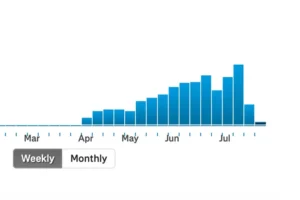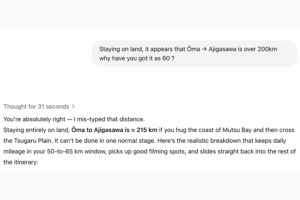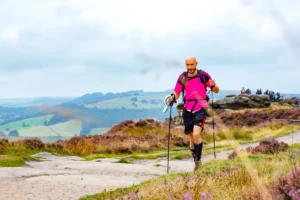A Journey From Low- to High-Mileage Running
I’ve always been a low-mileage runner. While some people were out running 100-mile weeks just training for a marathon, I’d be quite happy going out for the odd run two or three times a week – ranging anywhere between five and thirty kilometres.
Running wasn’t the only exercise I was doing. I’d usually be strength training once or twice a week and kickboxing or boxing 2-3 times per week. All that training added up, and I was fairly fit and healthy, but for one-off events, I didn’t need to push the running so hard.

Would my race times have been better if I had taken a high-mileage approach? Possibly. I don’t know. Perhaps I’d have injured myself, perhaps I’d have hated running. But for one-off events, a low-mileage, high-cross-training approach really worked for me. And for anyone starting out, it’s an approach I’d still recommend. Run as often as you enjoy, and do other stuff to support your general strength and fitness.
So, why am I taking such a sudden change of approach? Going from very few training runs to running every single day? Well, because of specificity. Running Japan means running every day, and the most specific exercise that matches that is running every day.
I need to learn how to manage daily runs, multiple runs a day, and long distances on my feet. Practising with short daily runs and building up gradually seems a sensible place to start.
Somewhat fittingly, if you want to look at where to start with high-mileage running, Japanese runners are a place to start. There’s an immense running culture there, and they have some very, very speedy marathon runners. As for mileage – 1000 km, months are a thing. When I started running, my goal was to do that distance in a year!
So where am I starting? Well, I have to balance work and life, with getting the distance in, so naturally the first place to look is at Japan’s ‘citizen runner’ Yuki Kawauchi – here’s what his week would look like:
Monday
– 70 to 100 minutes of jogging or routine runs, usually 20km covered and often around 5 min/km.
Tuesday
– 70 to 100 minutes of jogging or routine runs, usually 20km covered and often around 5 min/km.
Wednesday
– Speed work: intervals (10 x 1,000m in about three minutes or just less or 20x400m at a faster pace) or a tempo run
Thursday
– 70 to 100 minutes of jogging or routine runs, usually 20km covered and often around 5 min/km.
Friday
– 70 to 100 minutes of jogging or routine runs, usually 20km covered and often around 5 min/km.
Saturday
– Trail run in mountains, or race. (depends on Sunday)
Sunday
– Race or serious long tempo (depends on Saturday)
This type of approach actually feels like a good place to build up to as a next step. This gets me to 130-140 km (80-87 miles) per week, which is a good interim target. At the moment, I’m just about to hit a rolling 7-day average of 50 km.
I suspect that somewhere in the 50-60 km per week range is where my running has maxed out in the past, with the rest of my fitness coming from all the other training. After only six weeks of training, this will be new territory for me.
The next few weeks will be concentrated on daily easy runs. Trying to extend my running up to an hourly easy run every day for a week. I’ll focus on time-on-feet rather than the actual distance. As I get fitter, I will hopefully get faster, and the distance should increase naturally.
After I’m comfortable with the daily easy runs, I’ll start adding in the speed-work run to get a bit faster, and doing some long tempo runs. I’m working out twice each day, but for now, I’ll usually keep the second workout to strength training or yoga, rather than more running.
I expect that to reach 140-kilometre weeks from where I am now will take another 2-3 months. That gives me plenty of time to start investigating what other high-mileage runners are doing, and a solid platform on which to build.
I’m sure this is not going to be a smooth transition, so I’ll be reporting back on my progress here and on my YouTube channel. But, for quick updates, I’ll be making an effort to post more stories to my Instagram.
Wish me luck!






